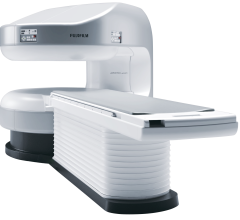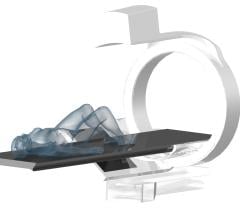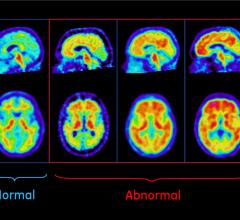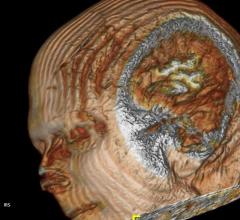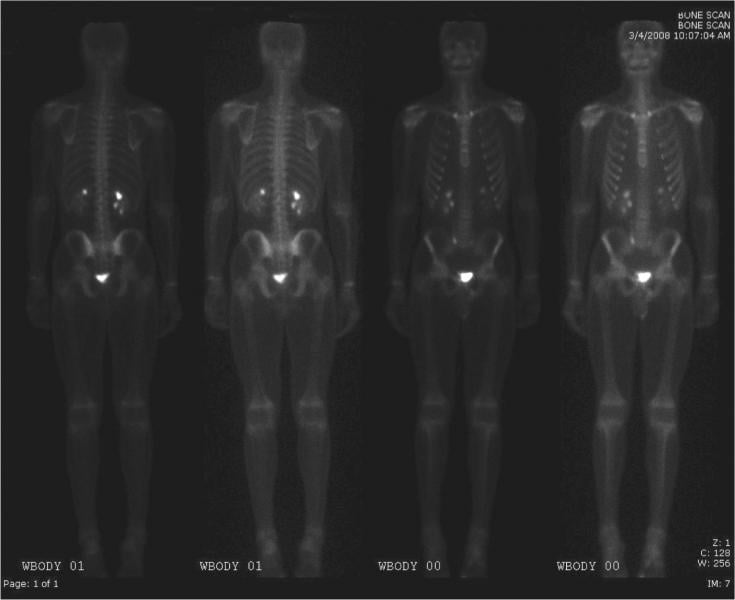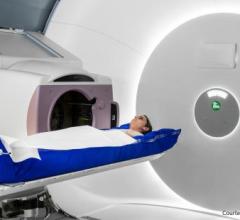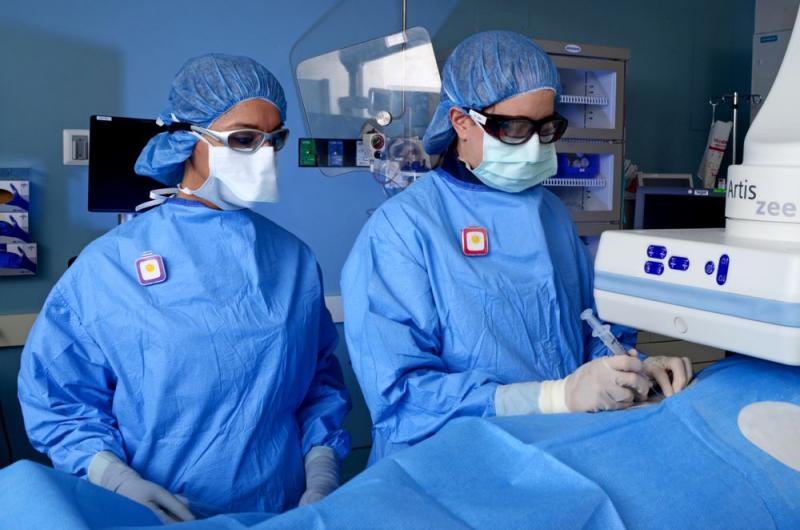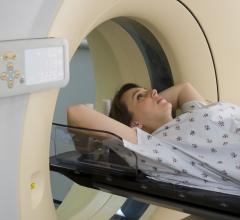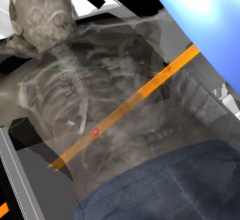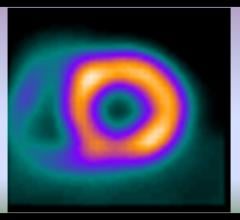Sage Bionetworks, together with collaborators in the research community, announced the launch of a patient-centered, iPhone app-based study of the causes of symptom variations in the breast cancer community
Spok Inc. announced the availability of message notifications on the Apple Watch wrist wearable device to enable clinicians to enhance care coordination. The Spok Mobile secure texting app is currently used by numerous hospitals to give users quick access to the organization’s directory, allowing staff to communicate securely through encrypted text, image and video messages. In addition, the app can receive alerts from patient care, nurse call and other monitoring systems to speed response to critical situations.
Provision Healthcare has signed a joint agreement with the Tianjin Taishan Cancer Hospital (International Personalized Cancer Center, “IPCC”) in northern China to build the first and only proton therapy center in the free trade zone. The agreement will also develop a training facility for medical providers as part of Provision’s global expansion strategy.
Fujifilm’s APERTO Lucent is a 0.4T mid-field, open MRI system addressing today’s capability and image quality needs ...
Austrian ion beam therapy center MedAustron will be the first center globally to employ a new tandem solution from BEC GmbH and medPhoton for accurate patient positioning during ion beam therapy.
Technology expertise within the IT department is not a sufficient skillset to ensure successful implementation of an Enterprise Imaging Platform. IT not only needs to understand the underlying technology of the vendor product, but how that technology will integrate with every other technology within the organization. Add to this the need to understand the impact on clinical, operational, and technical workflows, tight timelines, and no tolerance for budget overruns and you have a very complex environment to manage.

SPONSORED CONTENT — Fujifilm’s latest CT technology brings exceptional image quality to a compact and user- and patient ...
As their patient imaging storage requirements grew exponentially larger, Sentara Healthcare’s IT team looked to the future of image management beyond radiology. They are implementing an enterprise imaging strategy underpinned by Mach7 Enterprise Imaging Platform.
SPONSORED CONTENT — Fujifilm’s latest CT technology brings exceptional image quality to a compact and user- and patient ...
The National Institutes of Health (NIH) released recommendations that provide a framework for a bold and transformative Alzheimer’s disease research agenda. Developed at the recent Alzheimer’s Disease Research Summit 2015: Path to Treatment and Prevention, the recommendations provide the wider Alzheimer’s research community with a strategy for speeding the development of effective interventions for Alzheimer’s and related dementias.
Neurosurgeons at the University of California-Los Angeles (UCLA) are using Oculus Rift virtual reality headsets used in gaming to be transported inside their patients’ brains. The UCLA Department of Neurosurgery is collaborating with Surgical Theater LLC to integrate the Oculus Rift with Surgical Theater's 3-D surgery navigation device called SNAP.
A U.K. National Cancer Research Institute trial has suggested that in patients with early stage Hodgkin lymphoma, the late effects of radiotherapy could be reduced by using a scan to determine those who actually need it. The trial was led from The University of Manchester and the Christie NHS Foundation Trust.
SPONSORED CONTENT — EnsightTM 2.0 is the newest version of Enlitic’s data standardization software framework. Ensight is ...
IBA (Ion Beam Applications S.A., EURONEXT) announced the first clinical use of its Proteus Plus Universal Beam Triggering Interface (UBTI), a new application in the administration of proton therapy. This interface can connect up to four different patient position monitoring and respiratory management systems to the IBA proton therapy system.
As the use of point-of-care (POC) ultrasound continues to expand throughout hospitals and clinics, the ECRI Institute has released a new guide to the modality for practitioners. The document explains the difference between POC and traditional ultrasound, the different types of POC ultrasound units and the numerous applications for the technology.
Pie Medical Imaging announces its new release of 3mensio Structural Heart, dedicated to planning of structural heart interventions. This new release contains an optimized Mitral workflow and a new Septal Crossing workflow for planning of mitral valve procedures to determine the appropriate access route based on computed tomography (CT) images. These new innovations will be shown at the EuroPCR in Paris, May 19- 22.
Did you know that approximately one-third of all the data in world is created by the healthcare industry and that ...
Physicians and staff working in cath labs are constantly exposed to direct X-ray beams and scatter radiation. Traditionally cath lab staff wear radiation badges to record exposure, but these only provide historical data, long after the exposures have taken place. To be meaningful and change habits to reduce exposure, some labs have adopted real-time dose recording systems, which all staff to see the doses they are receiving so they can literally take a step back to reduce their dose.
John M. Boone, a University of California-Davis medical physicist and professor of radiology, has been awarded a $2.88 million grant from the National Cancer Institute to further develop and research computed tomography (CT) to detect breast cancer.
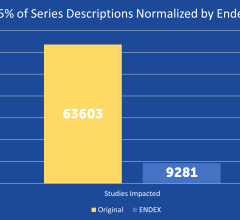
SPONSORED CONTENT — EnsightTM 2.0 is the newest version of Enlitic’s data standardization software framework. Ensight is ...
New technology developed at the Martinos Center for Biomedical Imaging at Massachusetts General Hospital (MGH) may extend the benefits of magnetic resonance imaging (MRI) to many patients whose access to MRI is currently limited. A redesign of the wire at the core of the leads carrying signals between implanted medical devices and their target structures significantly reduces the generation of heat that occurs when standard wires are exposed to the radiofrequency (RF) energy used in MRI. The novel system is described in a paper published in the online Nature journal Scientific Reports.
The Centers for Medicare and Medicaid Services (CMS) gathered public comments on its Stage 3 Meaningful Use (MU) requirements through May 30. The third and final set of MU rules are a core part of the plan to reform the American healthcare by leveraging health information technology (IT) to help reduce costs, eliminate redundancies, and convert from a fee-for-service to a fee-for-performance reimbursement system.
The American Society for Radiation Oncology (ASTRO) is issuing a new guideline, “Definitive and adjuvant radiotherapy in locally advanced non-small cell lung cancer: An American Society for Radiation Oncology (ASTRO) evidence-based clinical practice guideline.” The guideline’s executive summary is published in the May-June issue of Practical Radiation Oncology (PRO), ASTRO’s clinical practice journal. The complete guideline, which cites 35 years of data to help guide current treatment and future research, is available online as an open-access article in PRO. The American Society of Clinical Oncology (ASCO) issued an endorsement of ASTRO’s guideline.
Digisonics will showcase its latest offerings to improve workflow efficiency at the 2015 Society for Imaging Informatics in Medicine (SIIM) annual meeting in Washington, D.C.
NorthStar Medical Radioisotopes LLC has completed its first production-scale test run of the molybdenum-99 (Mo-99) aliquoting system installed at the University of Missouri Research Reactor (MURR) in Columbia, Missouri. The test and subsequent shipment of the resulting Mo-99 to NorthStar’s Madison facility is another milestone in the establishment of domestic production of the vital medical radioisotope.
A new study shows that the recently developed Compact Light Source (CLS), a commercial X-ray source, enables computed tomography (CT) scans that reveal more detail than routine scans performed at hospitals today. With roots in research and development efforts at the Department of Energy’s SLAC National Accelerator Laboratory, the new technology could soon be used in preclinical studies and help researchers better understand cancer and other diseases.


 May 11, 2015
May 11, 2015 

